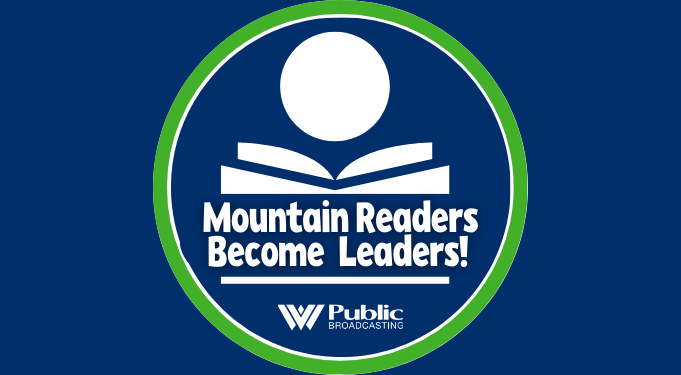West Virginia’s Department of Health and Human Resources has been working for months to organize their federal-state partnered health insurance exchange beginning enrollment on October 1.
Likened to the travel website Expedia, the exchange will allow consumers to go online, compare plans from private insurance providers and choose the one that’s best for them, but the site will also determine your eligibility for coverage on state programs like Medicaid.
For the state of West Virginia, the passage of the federal Affordable Care Act meant new requirements, like establishing a health care exchange, but for consumers, Assistant Secretary for the state Department of Health and Human Resources Jeremiah Samples said the ACA means options. Options for insurance coverage and providers.
Those options, however, aren’t as abundant here as in many other states.
As West Virginians begin to navigate the healthcare exchange looking for insurance to cover themselves and their families, the plans they have to choose from will all come from one provider: Highmark Blue Cross Blue Shield.
“Private insurance companies made the decision to not proceed with offering coverage on the exchange and there’s a number of reasons for that. Our market is not very large so it’s not as attractive to many insurance companies, and there’s also challenges to the paradigm shift from the health insurance laws,” Samples said.
“That exposes insurance companies to risks that they’ve never had to deal with before and so there are a lot of challenges there that many insurance companies felt they were not in a position to precede.”
Samples said even though there is only one private insurance provider, Blue Cross Blue Shield will still provide a variety of plan options at different cost levels.
But some West Virginians will take a different path to coverage. Samples estimated more than 130,000 West Virginians will find through the exchange they are eligible for Medicaid.
The DHHR sent out eligibility letters to more than 118,00 of those West Virginians to allow them to enroll by simply checking a box to agree to the program and then mailing the form back in to the state.
“We already have about 45,000 folks that have sent those letters in,” Samples said. “That’s 45,000 people that didn’t have insurance before, 45,000 people that will not be coming in to the county office bogging down the systems using our resources. It will also be the most streamlined process by which that consumer can go through to have their eligibility determined.”
Those individuals became eligible for coverage when Governor Tomblin announced Medicaid’s expansion in May, covering individuals earning between 17 and 138 percent of the federal poverty level. Many of those are SNAP, more commonly known as food stamp, participants and parents whose children were already covered through the state.
But if you’re still not sure where you fall, whether you are eligible for Medicaid, or want to find an insurance plan to fit your budget, Samples said the process starts online at healthcare.gov, with a phone call to the federal call center, through a private insurance agent, or at your local DHHR county office.
“Each DHHR office will have an in-person assistor embedded into it. An in-person assistor will be trained on how to provide consumers information about private health insurance,” Samples said. “So, for example, if a consumer wants to know, what is a co-pay? What is co-insurance? What do these terms mean to me? Than that in-person assistor will be able to provide them with some support as they go through the exchange.”
Open enrollment through the health care exchange begins October 1 and ends March 31. Health insurance bought through the exchange goes into effect January 1.
The website to enroll is www.healthcare.gov.



















